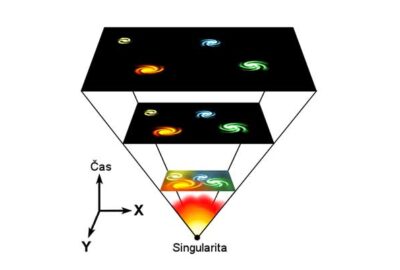The understanding of the speed of light has evolved over time, from early attempts to measure it to more precise and accurate modern methods. In the 17th century, Galileo Galilei attempted to measure the speed of light by using lanterns to signal across hills to a distant observer. However, his method was flawed and resulted in inaccurate results.
It was not until the 18th century that the first successful measurement of the speed of light was made by Ole Rømer, a Danish astronomer. He observed the timing of the eclipses of Jupiter’s moon Io, and noticed that the time between eclipses varied depending on the distance between Jupiter and Earth. From this, he calculated the speed of light to be about 220,000 km/s, which was relatively close to the modern value.
Later, in the 19th century, scientists such as James Clerk Maxwell and Heinrich Hertz made significant contributions to our understanding of the speed of light by developing the theory of electromagnetism and demonstrating the existence of electromagnetic waves.
However, it was the famous Michelson-Morley experiment in 1887 that ultimately led to a new understanding of the speed of light. The experiment sought to detect the presence of an “ether” – the medium through which scientists believed light travelled. The experiment failed to detect the ether, and the result suggested that the speed of light was constant, independent of the motion of the observer or the source of the light.
This led to the development of Einstein’s theory of relativity, which established the speed of light as a fundamental constant of the universe. Today, we know that the speed of light is approximately 299,792,458 m/s.
Our understanding of the speed of light has led to numerous technological advances, such as telecommunications, lasers, and GPS systems. It has also helped us to understand the fundamental nature of the universe, including the structure of atoms, the behavior of black holes, and the origins of the universe itself.
In conclusion, our understanding of the speed of light has evolved over time, from early attempts at measurement to modern precision methods. This has led to a fundamental understanding of the nature of light and its role in the universe, and has paved the way for numerous technological advances.



